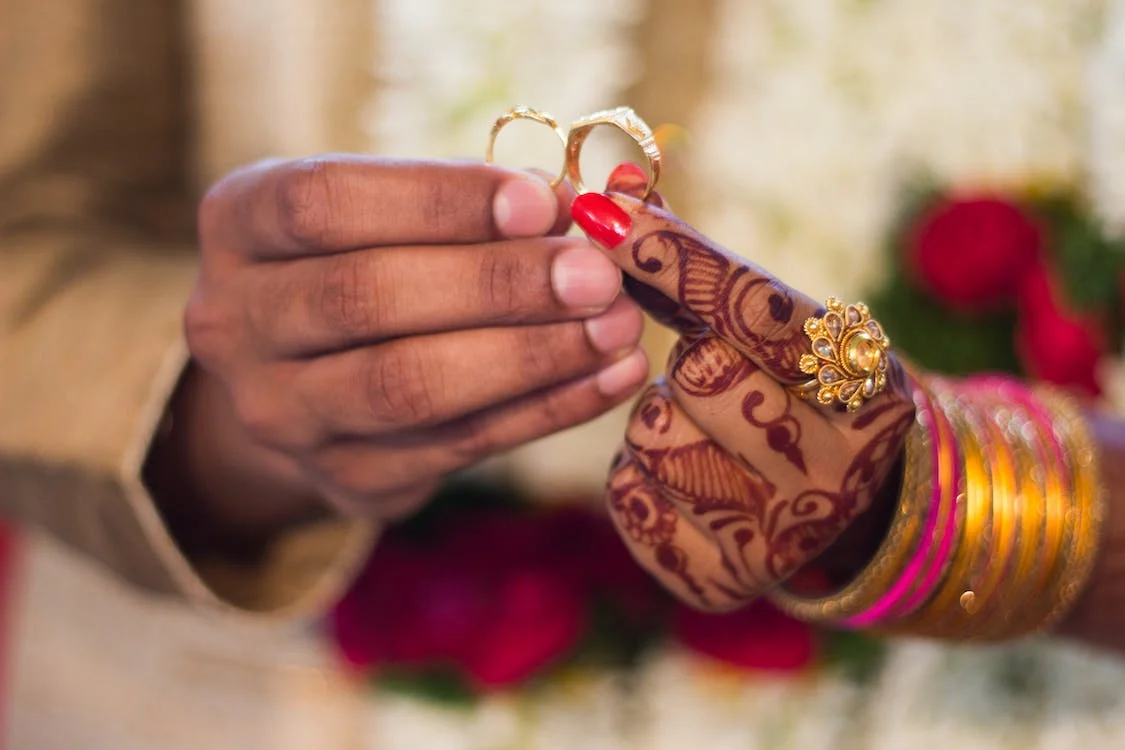Attending an Indian wedding is a magnificent experience and one you’re likely to never forget. You will see elaborate rituals, food, and Indian dresses. However, you need to be aware of some traditions and etiquette so you don’t do something to make you want to forget it. Keep reading to learn the answers to many questions you’re probably asking.
How Should I Dress at an Indian Wedding?
Above all, dress respectfully. Men should wear a suit or sherwani, and ladies should consider wearing Indian dresses. You can ask other attendees about the dress code, but unless you know otherwise, it is likely smart to wear something that covers your shoulders and knees. Another option is to check if the invitation or wedding website mentions anything about expectations for dress.
No matter what you wear, choose bright colors! This is a joyous celebration, and festive colors are expected. With that being said, do not wear red because this is the traditional color for the bride. Additionally, black and white should be avoided. Men wearing a Western-style suit should include a colorful button-down shirt in their wardrobe. Women wearing Indian dresses should feature bright colors in the fabric as well as their accessories.
How Long Is the Wedding Ceremony?
This question has many different answers. Traditional Indian weddings last for three days, but some celebrations can be as long as a week! This is another situation where it helps to ask others or double-check your invitation for more guidance. Make sure you know which events you are invited to and when they are being held. Some events might take place late at night or early in the morning.
The Ganesha Puja is the first event of a Hindu wedding. Close family and friends gather to pray to Lord Ganesha to bless the wedding and for good luck.
The second day can feature the sangeet ceremony or the mehndi party. This takes place the night before the wedding and is a celebration with lots of dancing. It is also customary for the bride and other females in attendance to get henna tattoos on their hands and feet. Henna tattoos are typically made using dye from the mehndi plant. Since females can often join in the tradition of getting a mehndi pattern drawn on them, they will wear traditional Indian dresses, such as lehengas or sarees, to immerse themselves fully in the cultural celebration.
The third day includes the traditional wedding ceremony, and if this is the only event you are attending, you can expect it to last two or three hours. Upon arriving, you might be greeted with appetizers or snacks. Keep in mind that the main meal is usually served once the wedding is over. Afterward, there is commonly a reception that includes more dancing and celebrating.
What Type of Food Will Be Served?
At some Indian weddings, the meal is exclusively vegetarian. Others might include both vegetarian and non-vegetarian options. As you are able, enjoy as much of the food as you can. This can often be interpreted as wishing the couple success.
What Type of Gift Should I Give?
Cash is the most traditional gift you can give at an Indian wedding. It is common to place the money in a well-decorated envelope or bag. Also, whatever amount you give, try to end it with a “1” since this is considered a prosperous number. For example, your gift will be viewed much more favorably if you give $51 or $101 as opposed to $50 or $100.
What Else Should I Know?
In addition to the culture and traditions already discussed, a few other things will keep you in the good graces of the new couple and their families. First, don’t kiss or dance with the bride at the reception. Also, be aware of when it is appropriate to take pictures. Some parts of the ceremony may forbid pictures, even by the wedding photographer, because of the sanctity or nature of the ritual. As with other topics, you’d be wise to check with someone else before proceeding.
Finally, attend with an open mind, and don’t be afraid to ask about something as long as you are doing it respectfully. Indian weddings are joyous celebrations that span multiple days. People familiar with the customs and traditions want you to understand and appreciate the significance of each of them.
Conclusion
Congratulations if you have received an invitation to your first Indian wedding! While you might have some questions leading up to the events, don’t let those take away from the opportunity to partake in the festivities. Between the lovely Indian dresses and the wonderful long-held traditions, there will be an endless list of things to observe and appreciate. Have fun, celebrate the couple’s marriage, and use these guidelines to maximize your experience!

